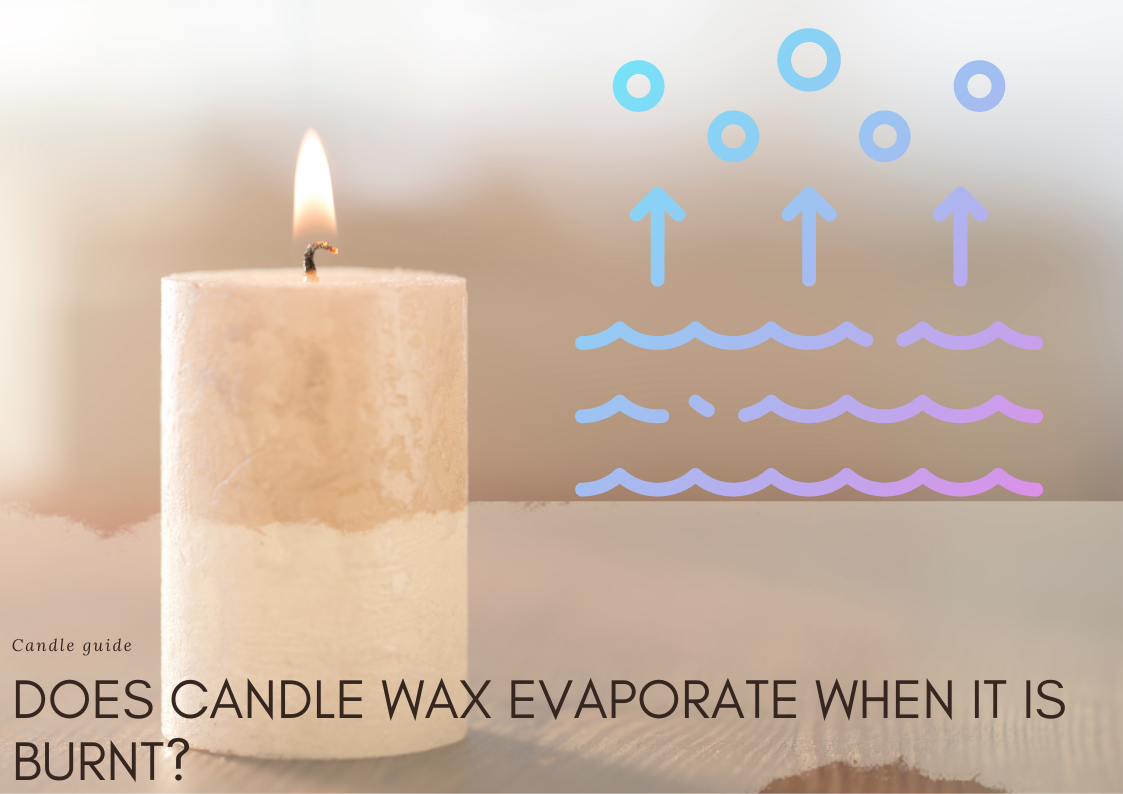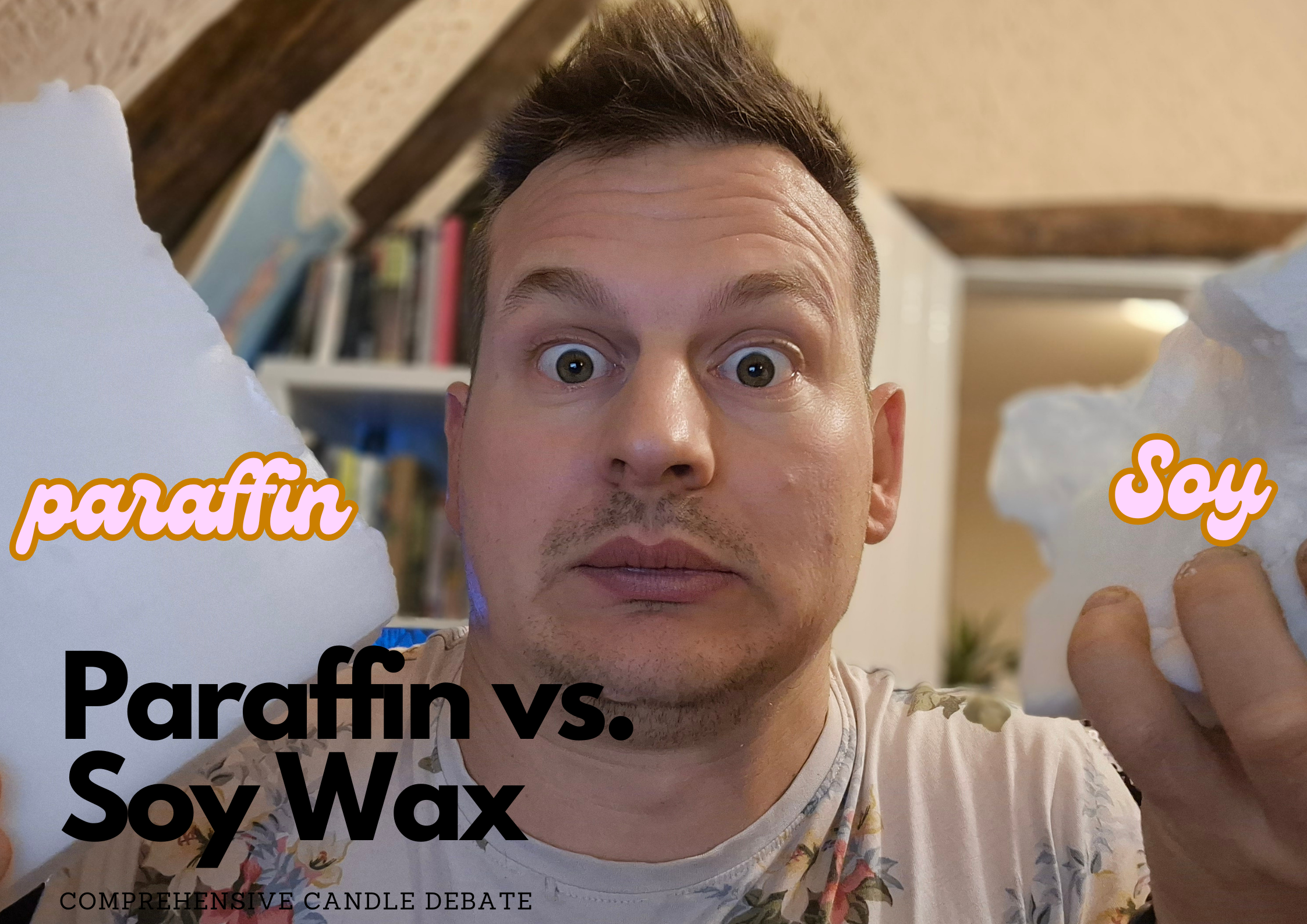Does Candle Wax Evaporate When It Is Burnt?
Sep 14 , 2022
With their wonderful scent, warm inviting glow and their ability to make a house a home, candles are among a homeowner’s favourite décor item. How many times have you lit a candle in your kitchen or living room, to sit down and relax with a cup of coffee? The answer is, probably a lot.
If you’re an avid fan of candles, or just use candles, you might be wondering where that wax goes? At first glance, it might seem a little magical, but the explanation is more scientific than not.
When you light your candle, the wax surrounding the wick melts after a few seconds. If you burn your candle enough, the candle will shrink in height as the wax melts. So now, where does that wax go? There’s a reason you don’t find melted wax on your counter, and that reason is that most of the candle’s matter ends up evaporating into the air.
As the wax melts and pools around the wick, instead of travelling downwards, the wax actually travels upwards through the candle’s cotton wick. The wick soaks up this candle wax and evaporates it into the air as either water vapour or carbon dioxide, depending on the type of wax used in your candle.
On the other hand, the existing candle wax continues to melt into the candle, feeding the flame. This allows the candle to continue burning until you decide to blow it out.
Wax can melt over a wide range of temperatures but most commonly it melts somewhere between 80 to 180 degrees Fahrenheit. There are some major characteristics that impact how long your wax takes to melt:
The type of wax used
The substances added to the wax
The density of the wax used.
Pure beeswax is known as the wax with the highest melting point, meaning it needs to be heated up to a very high temperature before it starts to melt.
A fragrance is released when you burn a scented candle. This is because when the wax melts, the heat emits molecules that carry the added fragrance. This fragrance disperses throughout the room, creating a scent.
Candles evaporate at different rates depending on the melting point of the wax used and the size of the candle. The “burn time” of the candle refers to how long it takes for the candle to evaporate. This “burn time” is impacted by the type of wax your candle is made from.
Soft wax candles evaporate much faster than hard-wax candles as they have a lower melting point, allowing them to burn much quicker.
These are three main candle wax used in candles and their speed of burning:
Paraffin Wax: This type of wax is quite soft, and thus evaporates the quickest.
Soy Wax: This wax is medium-hardness, thus it has an intermediate burn speed.
Beeswax: Considered to be one of the hardest waxes, beeswax has a slow burn speed.
In conclusion, if you’re an avid fan of candles, paying attention to the burn time or type of wax used in the candles can help you make an informed purchase.





